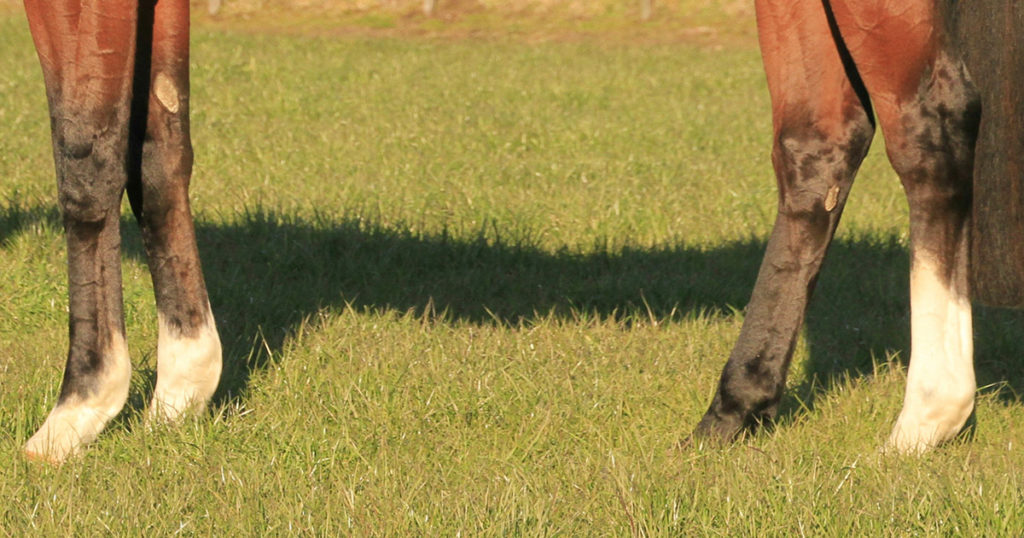The way a foal enters the world can have a lasting impact on its gut health, immune function, and even its risk for developing inflammatory conditions later in life.
In the absence of infection, foals in utero have sterile intestines.
The ‘healthy’ bacteria needed to colonise the foal’s gut microbiota primarily come from the maternal birth canal and rectum. Through the process of normal delivery, these bacteria are swallowed by the foal, travelling through the stomach and colonising the upper and lower intestine, a complicated process that evolves rapidly.
Foals born via cesarean section fail to encounter the bacteria of the birth canal and maternal rectum. Instead, bacteria from the skin and environment they are delivered in, quickly populate the bowel. As a result, the bacteria inhabiting the lower intestine following a cesarean birth can differ significantly from those found in the vaginally-born foal. Foals born via cesarean are likely to have different, less beneficial and health promoting bacteria to those foals born normally.
Through either mode of delivery, a core gut microbiota is well established within a few weeks of life. This bacterial balance persists largely intact throughout life. A less stable peripheral microbiota—one that is more sensitive to changes in diet and environmental factors, like antibiotics—is also formed.
In cases where cesarean deliveries are necessitated, there are strategies which can be employed to help establish and promote a healthier balance of microflora, thereby positively influencing the foal’s health for life.

Camilla Whishaw is a highly regarded, experienced horsewoman and naturopath, helping to holistically treat and manage a broad range of equine health conditions and injuries, with a passion for mare and stallion fertility.
As a world-renowned practitioner, presenter, author, and consultant in the field of Equine Naturopathy, Camilla shares her knowledge through keynote presentations, interviews, lectures, panel sessions, and workshop training.





